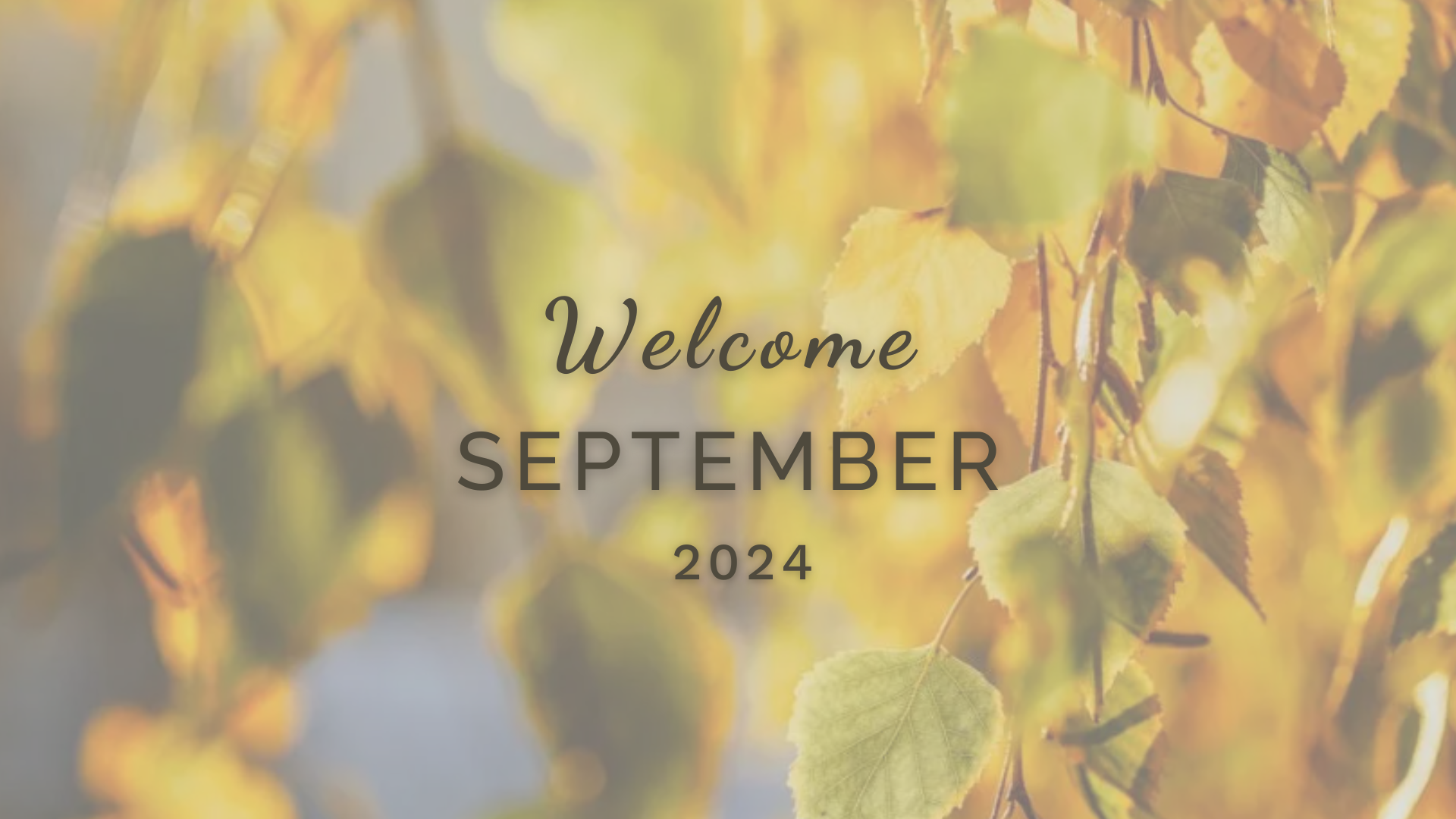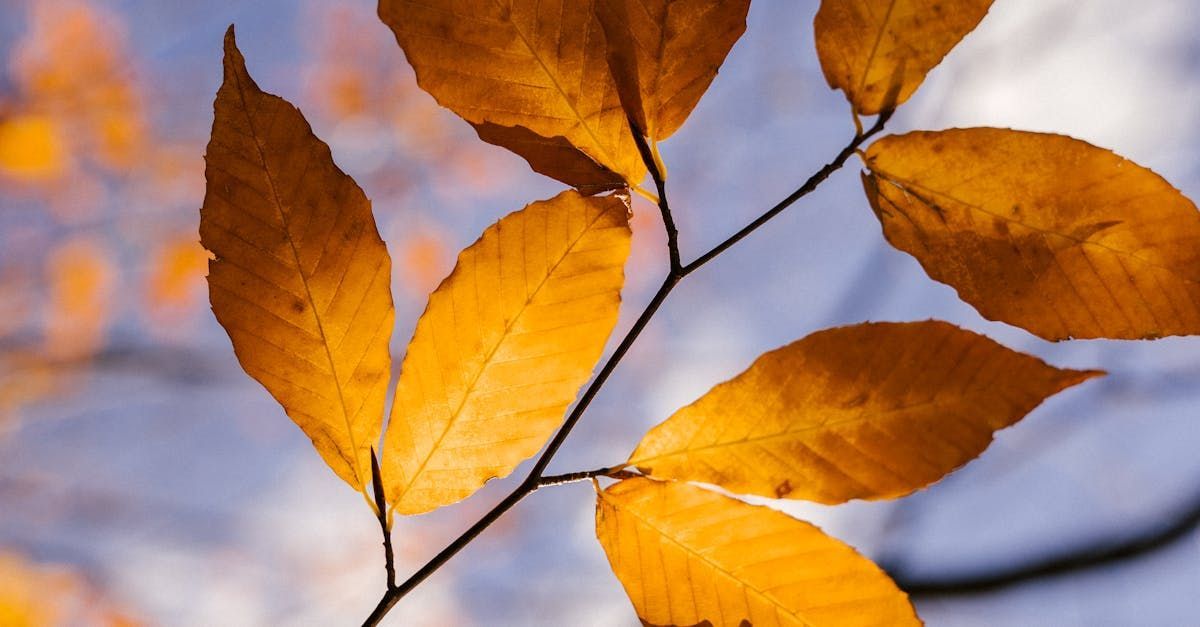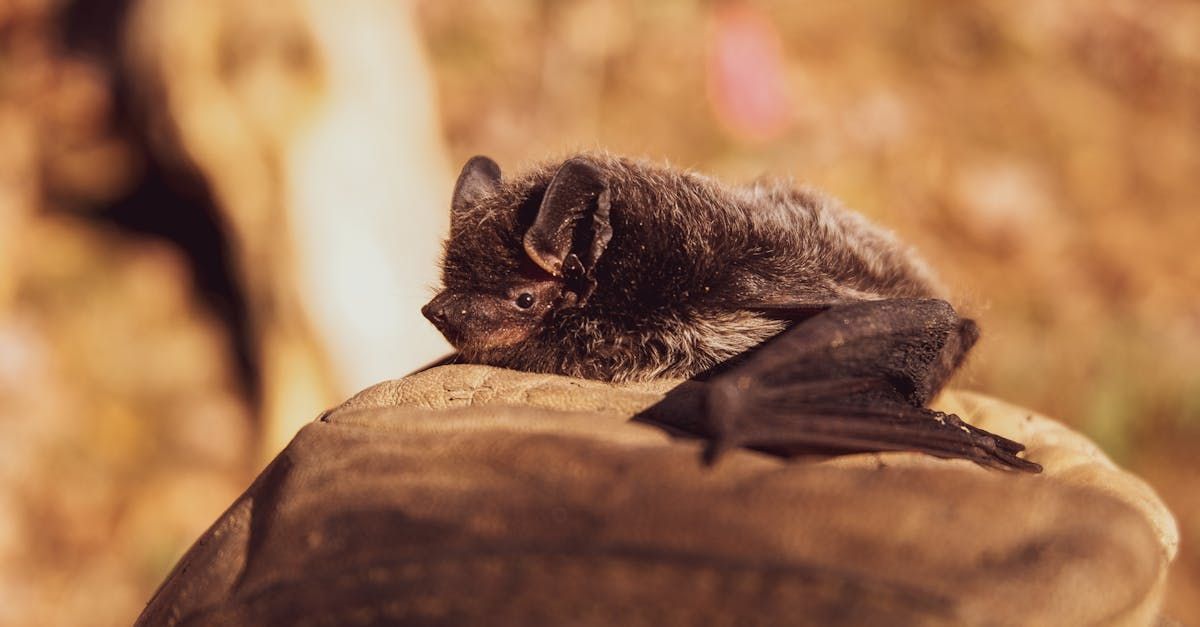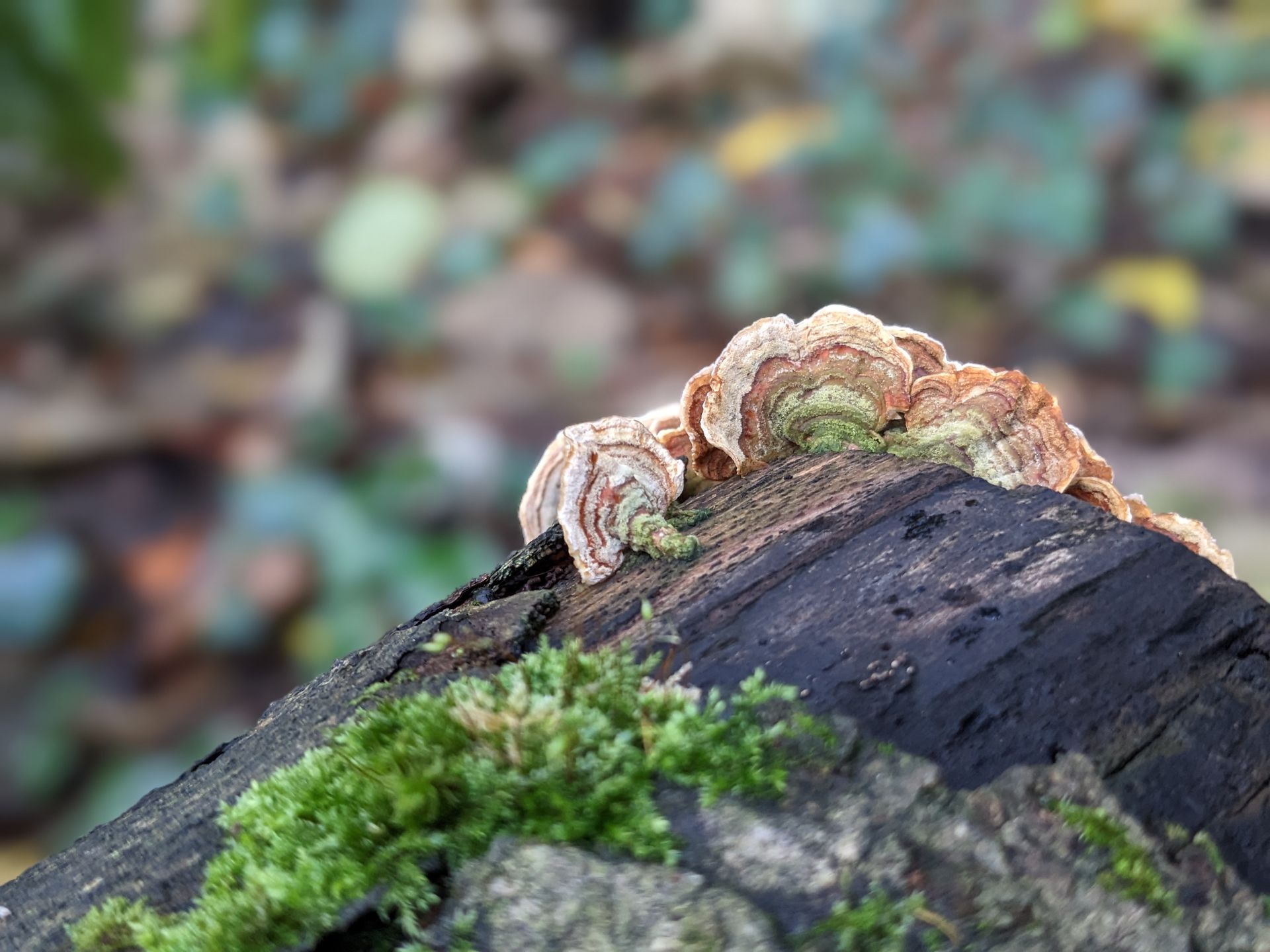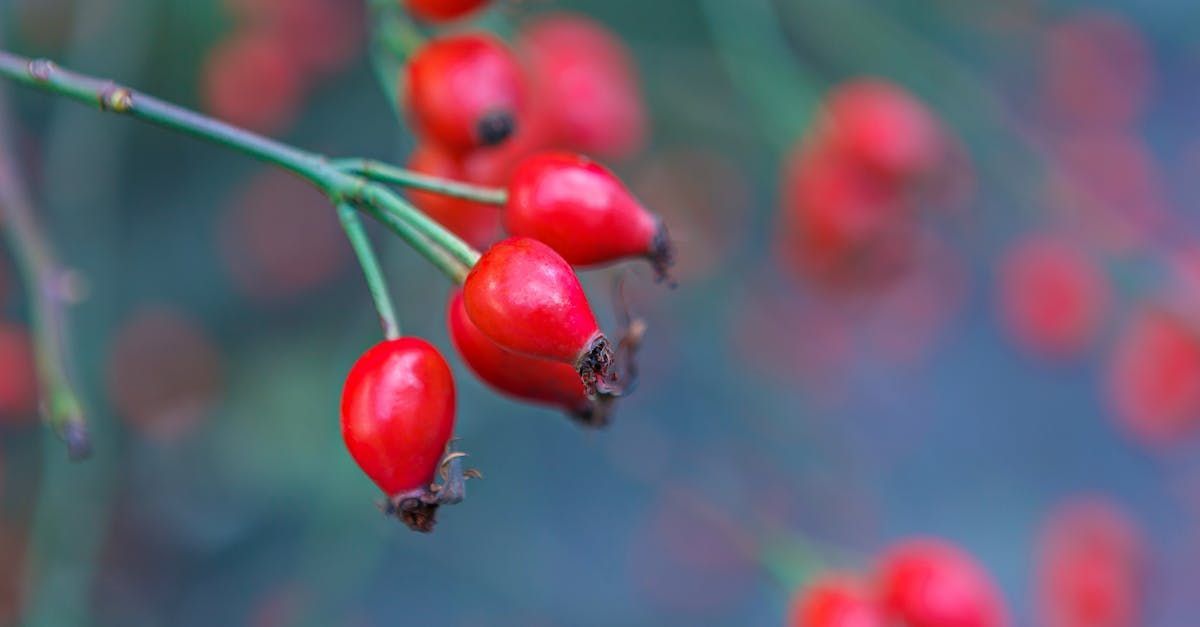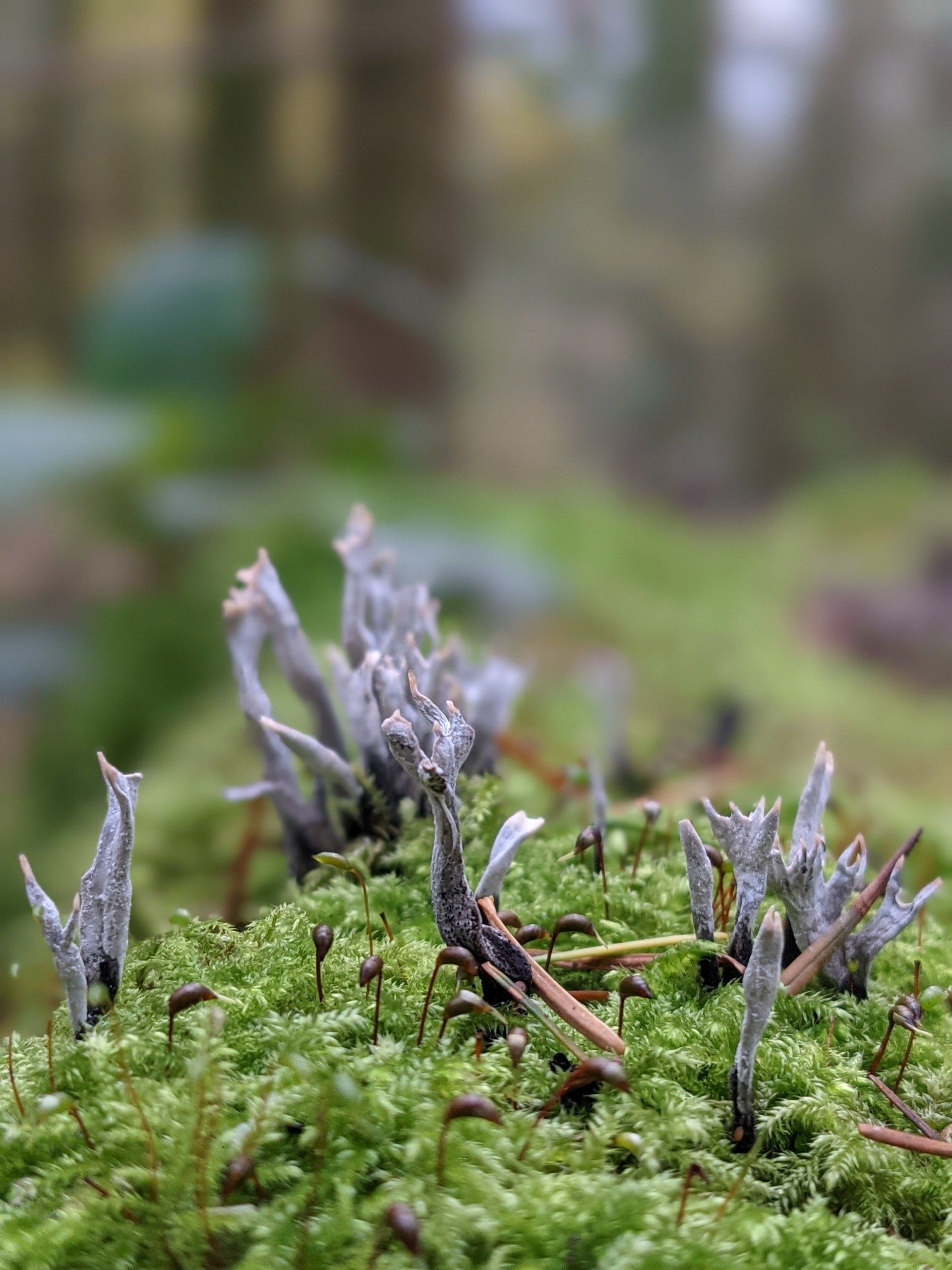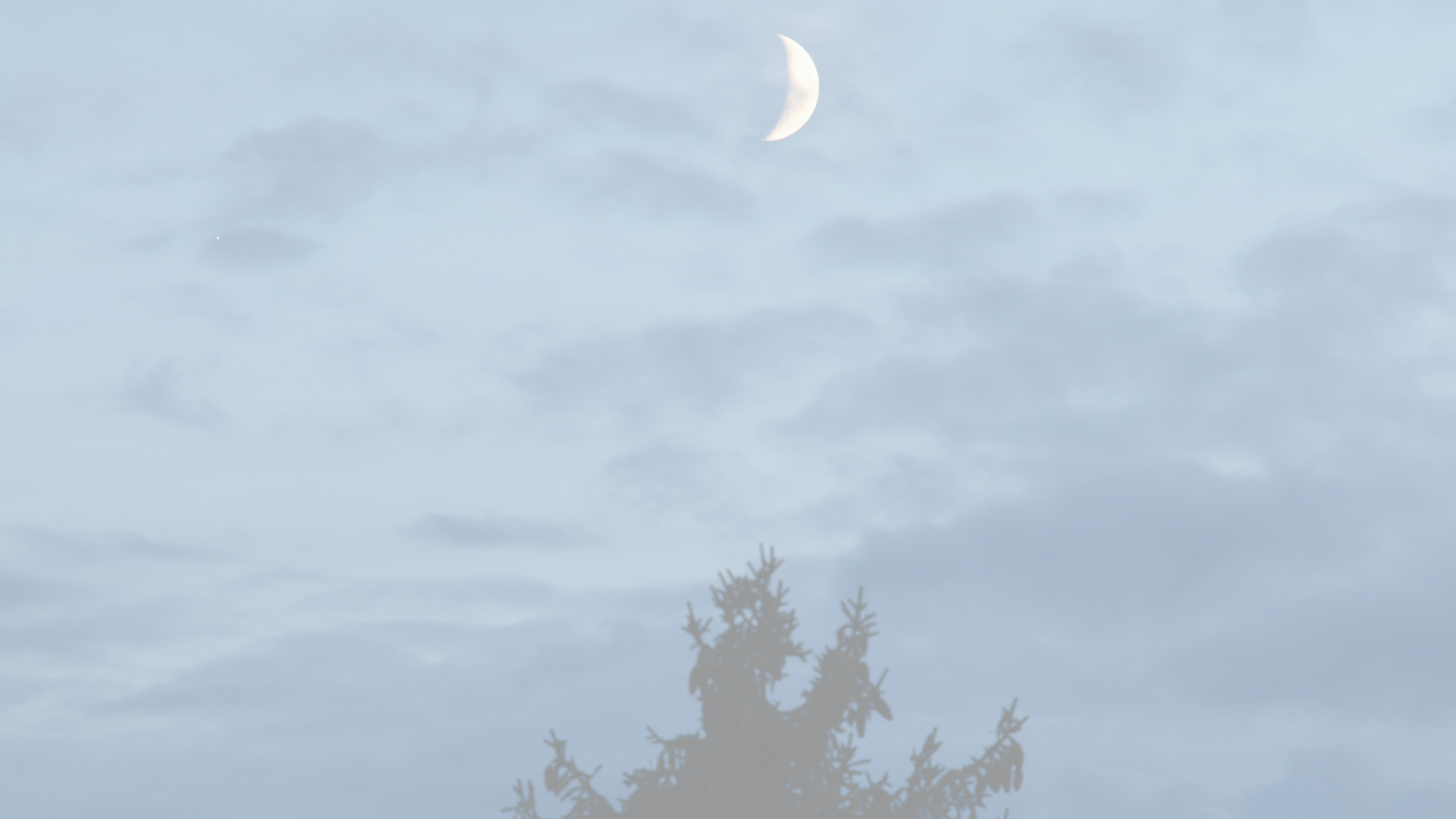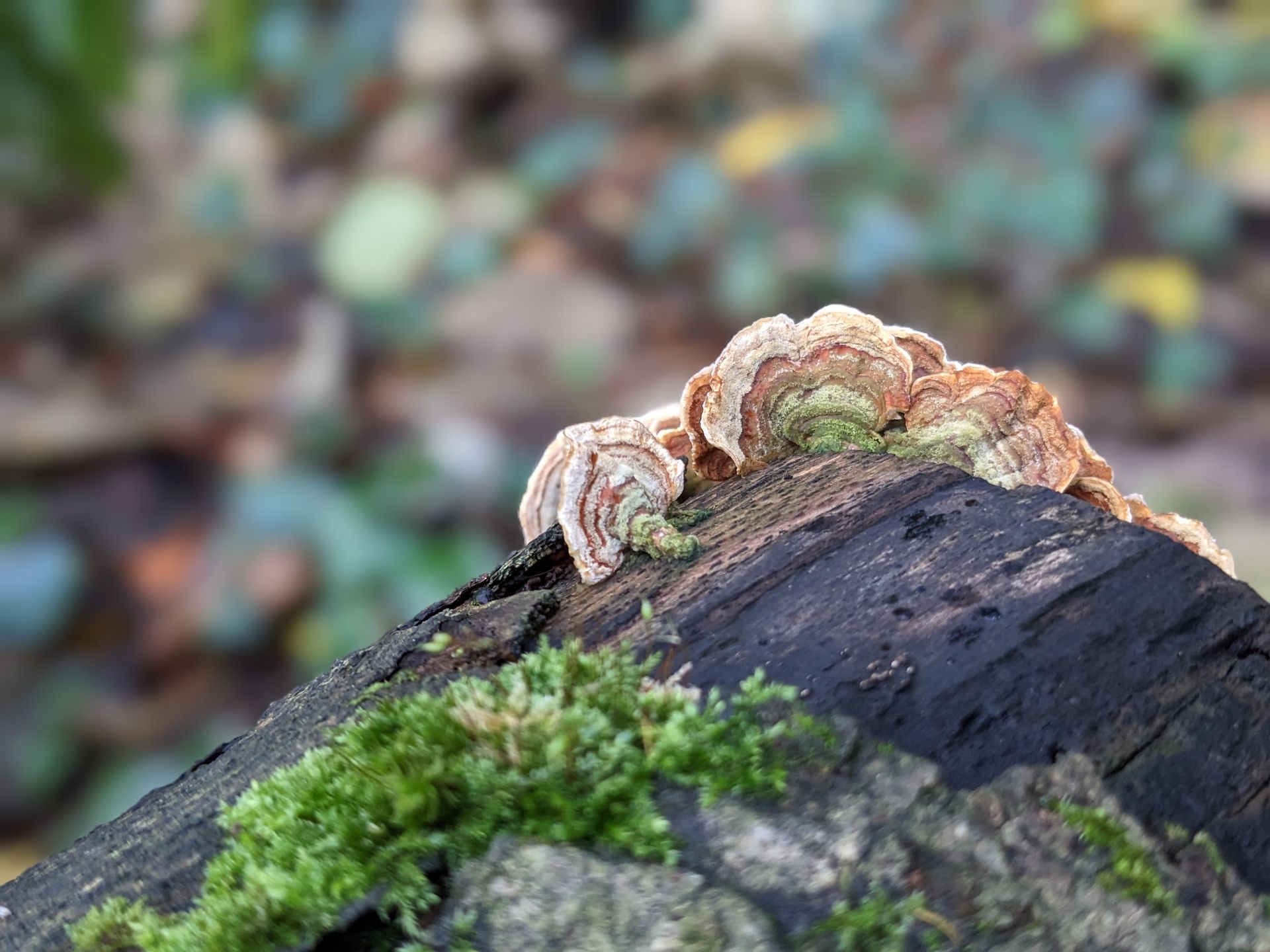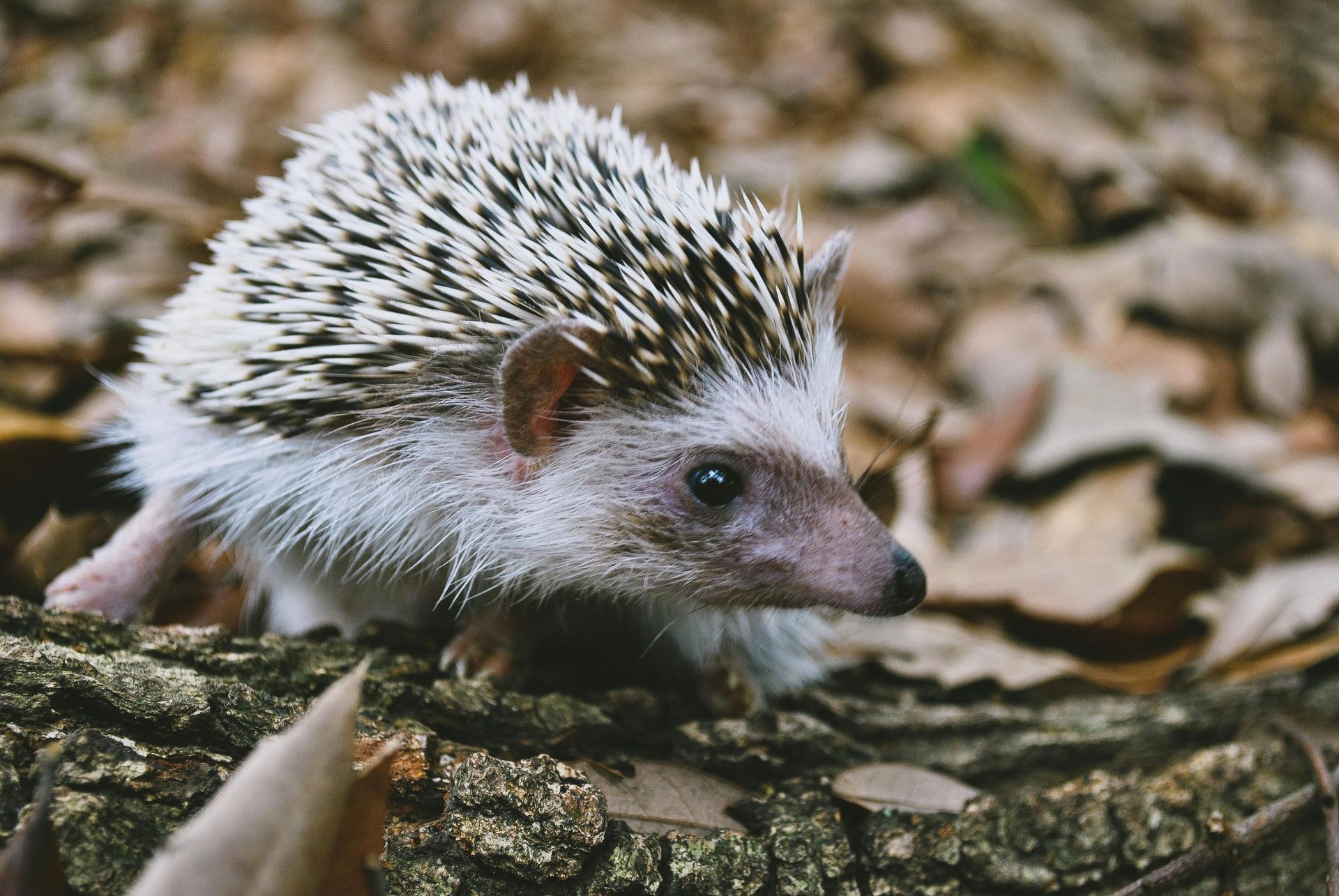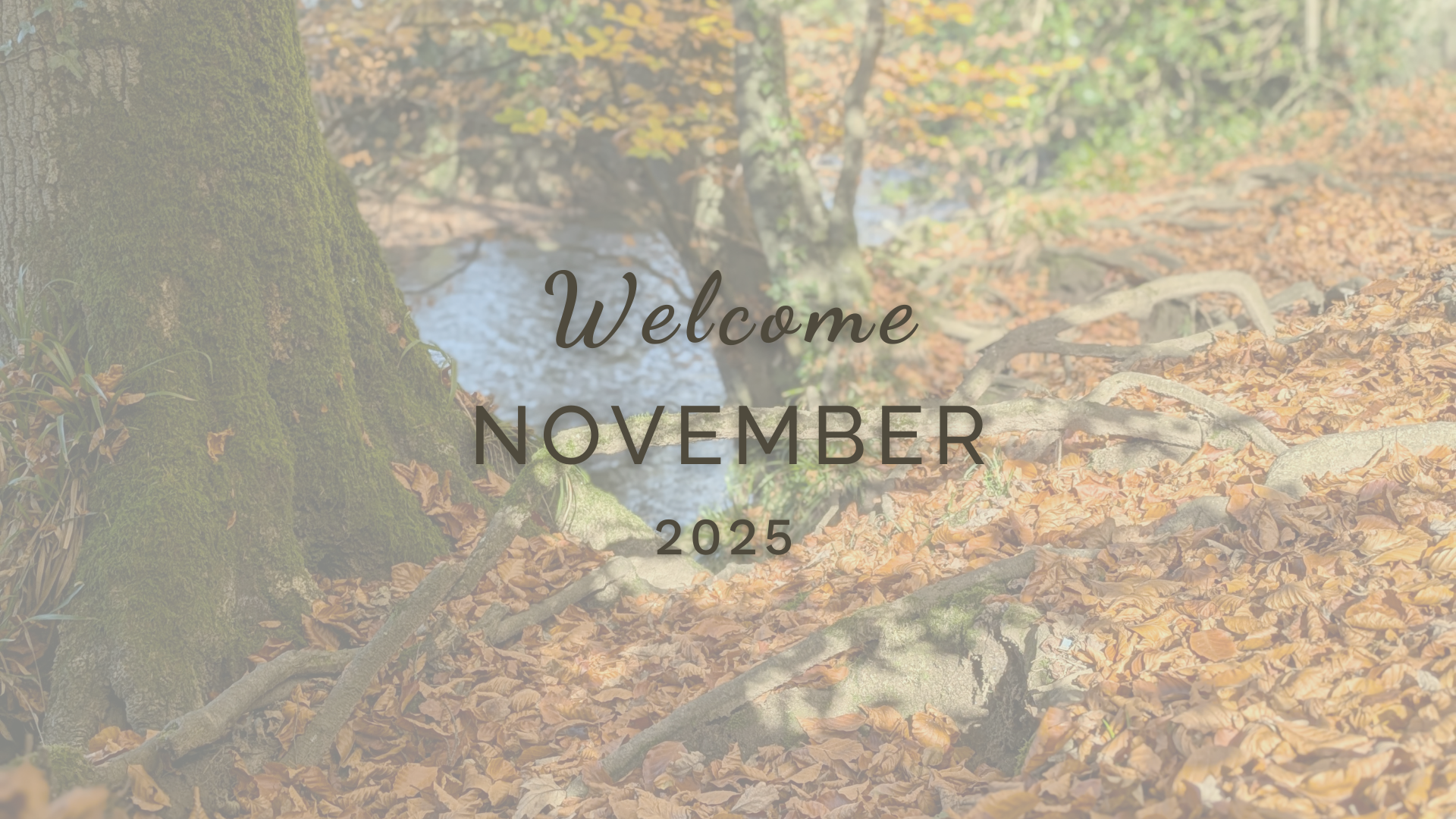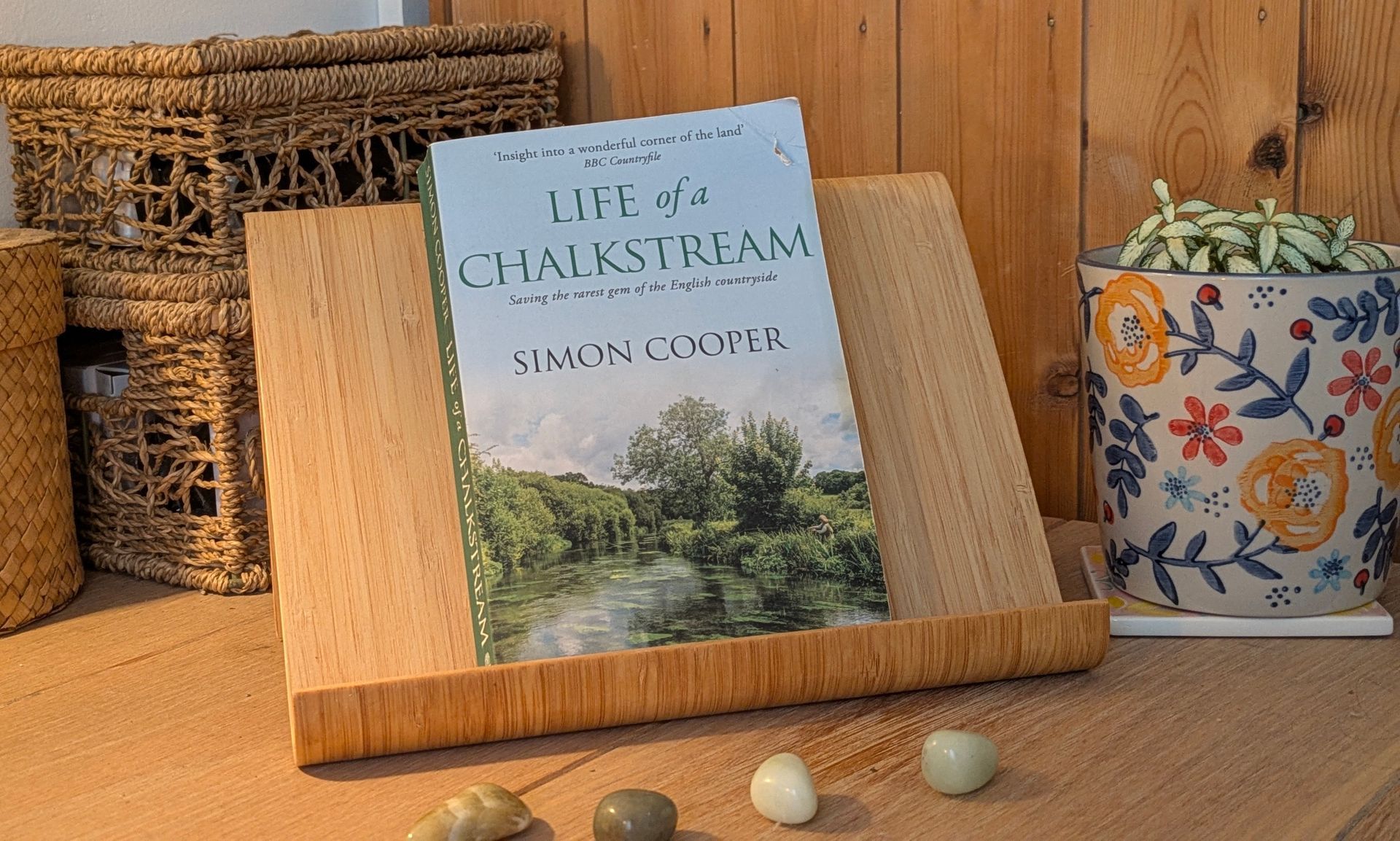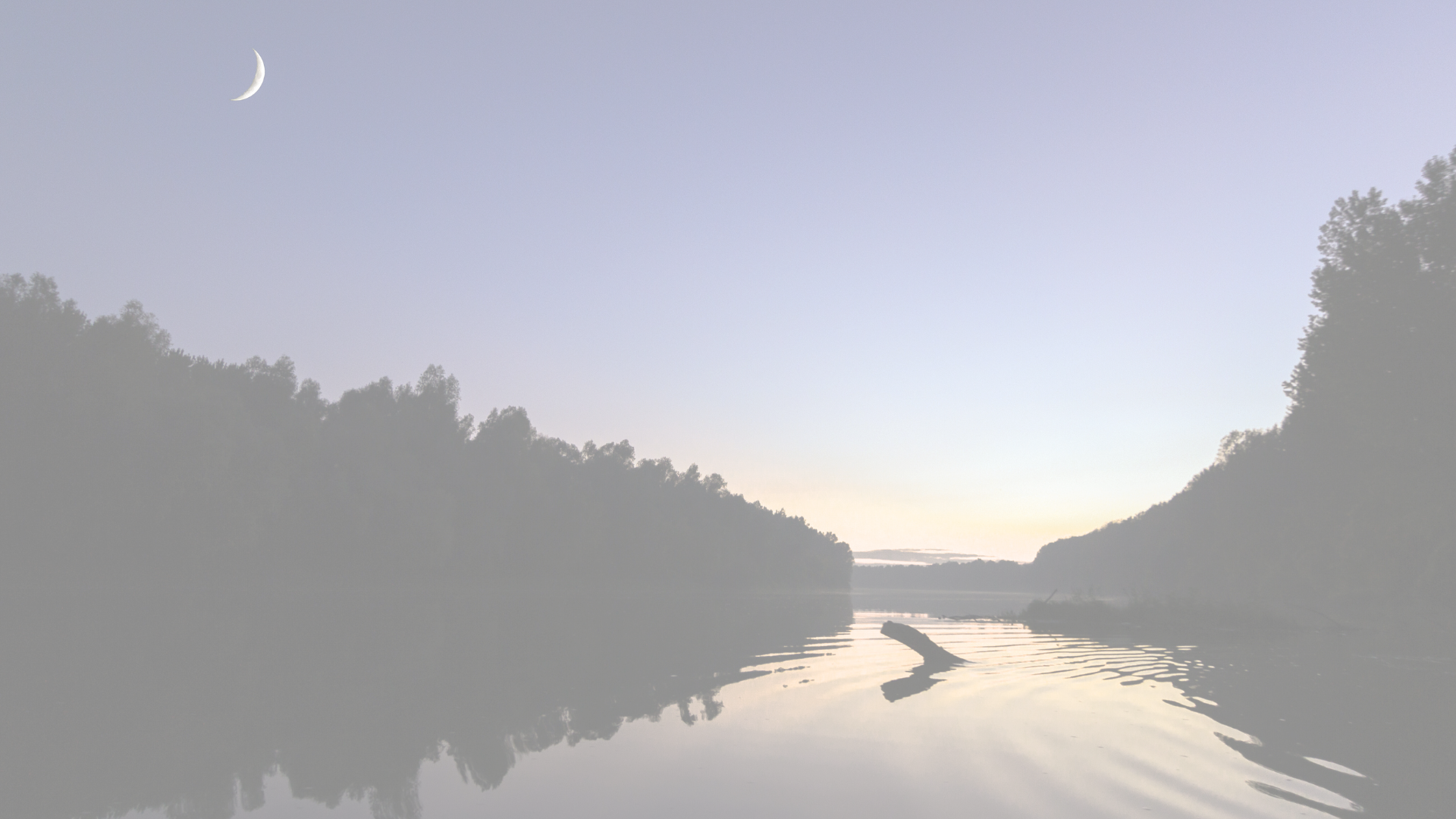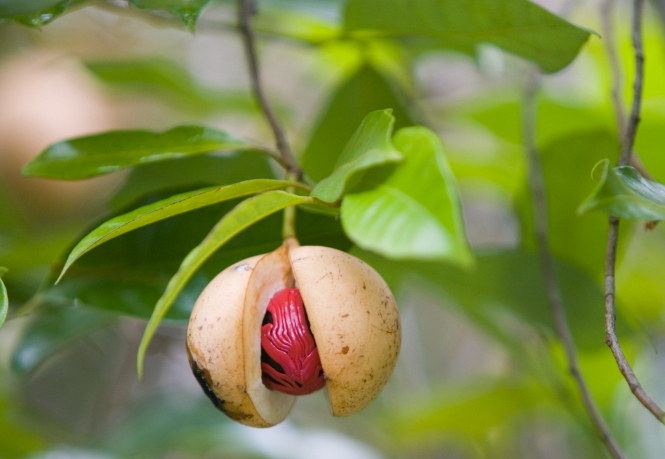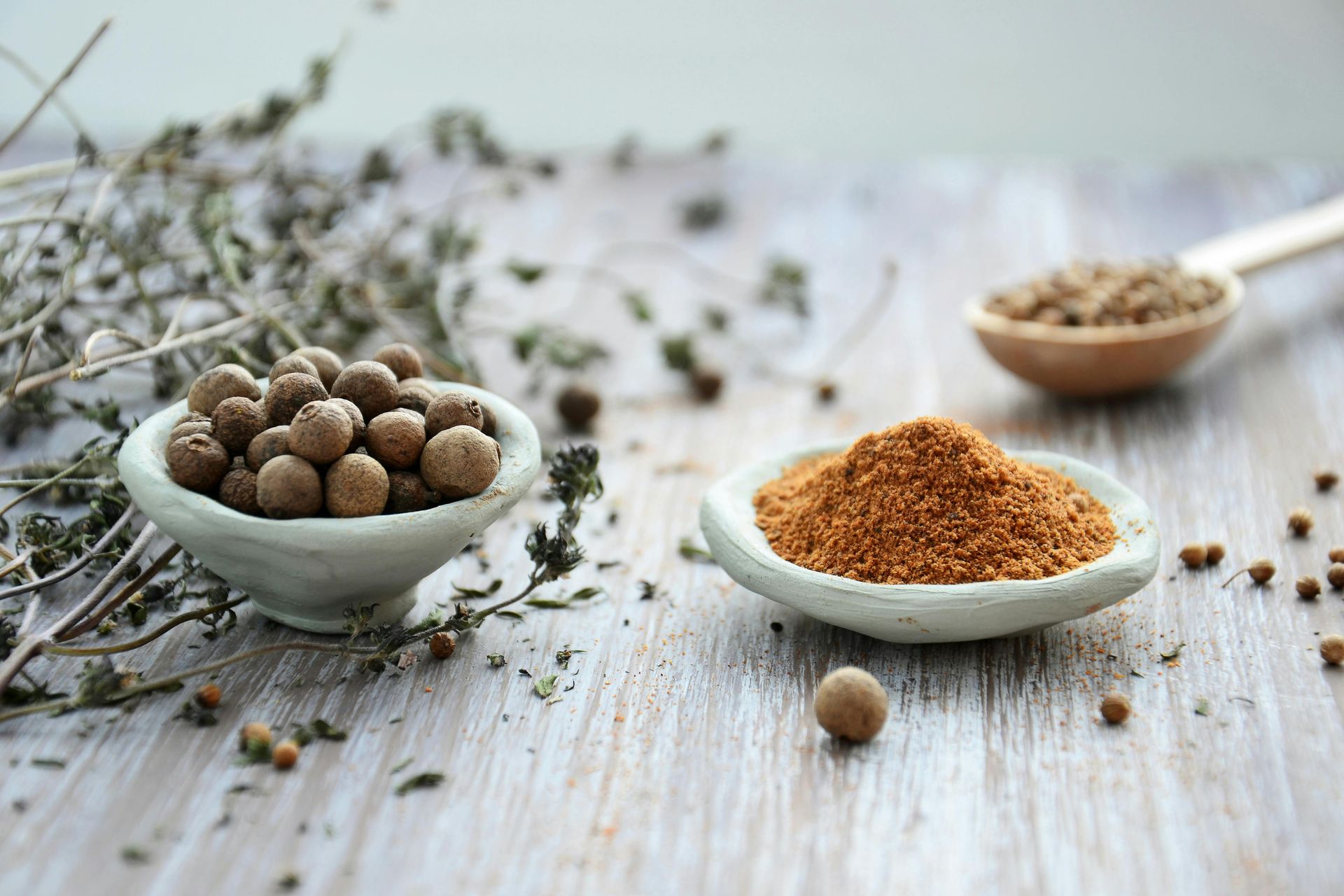Welcome September (Almanac 2024)
Inspiration for things to enjoy in Nature at the end of the harvest season
The beginning of September presents Nature in its transformative stage of transition from Summer to Autumn. The Swifts have now departed for sunnier climes with the last of Summer's migrants birds feeding on the abundance of wild berries as they stock up on Winter fuel. Squirrels, Mice, Beavers, Birds and other creatures preparing for hibernation are busy collecting nuts that will see them through the cold Winter months ahead.
Signs of Autumn are beginning to emerge everywhere with Hazelnuts, Conkers, Beech Nuts and Sweet Chestnuts falling from boughed branches. Thistles and Nettles are bowing over at the end of their seasonal cycle. Leaves are starting to die down before turning into golden blazes of autumnal colour. Hedgerows are burgeoning with the red and purple berries of Rose Hips, Elderberries, Sloes and Blackberries.
The moist, warm weather of September brings out the slow bloom of fungi fruits on ancient tree stumps and forest floors. Liberty Caps sprout from crusty Cow pats and around 15,000 species can be found growing across the British Isles at this time of year. In woodlands you will find the Death cap, Fly Agaric, Wood Hedgehog, Woolly Milkcap, Artists Bracket, Oyster Mushroom. Birch Polypore. False Morel, Yellow Stags Horn Hoof Fungus, Chicken of the Woods and Beefsteak Fungus.
Keep an eye out for Dragonflies in the early hours, hunting their prey with lightening-quick efficiency. Watch them patrolling above the tops of bushes and trees, darting left, right, up, down, backwards and sideways as they grab any passing insect from Flies to Bumblebees with their strong jaws. After feeding, see them basking in the Sun's rays.
At night, listen out for the 'Tu-whit, Tu-whoo' and 'Kee-wick' calls of Tawny Owls perched on the highest branches as they hoot to each other across the night sky.
You can find gardening tips. vegetables, herbs, fruits and nuts in season, and things to forage, in my Almanac for September(2023).
Poem for the month
Read or listen to my first poem - Welcome September - a celebration of Nature's 'opening up' as Spring comes into its own.
Recipe for the month
There is no better time of the year for making
Rose Hip Syrup from the abundance of ripened hips found in gardens, hedgerows and woodlands throughout September. This is a traditional recipe with only two ingredients which can be bottled and stored for use throughout the year as a sweet alternative to Maple Syrup or Honey or as a medicinal anti-inflammatory remedy packed with Vitamins A, D and E.
Dates for Moon phases
Harvest New Moon - Tuesday 3 September
Harvest Full Moon - Tuesday 17 September
Times for Sunrise & Sunset (Devon)
First Dawn - 6.29 am
First Sunset - 7.59 pm
Last Dawn - 7.14 am
Last Sunset - 6.54 pm
Things to watch out for and do in Nature in September.
Fungi Hunting
September is the season for fungi to magically appear in ancient woodlands, fields, meadows and pastures across the British Isles. This includes species such as Magpie Inkcap, Chanterelle, Yellow Stag’s Horn, Sickener, Penny Bun, Wax Cap, Cauliflower Fungi, Turkeytail and many more.
When collecting fungi to eat, make sure that you are absolutely certain of your identification and be careful not to deplete the Autumn food stocks of fungi which our native wildlife depend on.
Wild Berry Foraging
Wild berries can be found in many places throughout September. Hedgerows are the perfect place to find an abundance of ripened berries, along with woodlands, wild green patches, field boarders, pathways, heathlands and coastal areas. Blackberries and Elderberries are especially abundant in urban areas.
Please do your research before heading out so that you are absolutely certain of the identification of berries that are edible and safe to eat. Some require special preparation such as Yew Berries which should be eaten without their seeds as they are toxic and Elderberries which need to be cooked prior to eating as they are toxic when raw.
Bat Watching
Twilight on an early Autumn evening is the perfect time to watch out for Common Pipistrelles emerging from old buildings, church steeples, garden nooks and crannies, and woodland, farmland and urban areas. Soprano Pipistrelles prefer wetland habitats and can be seen flying close to rivers.
Pipistrelles emerge twenty minutes after sunset when they come out to forage on insects and midges. A single ‘Pip’ can eat 3,000 midges a night so keep an eye out for these tiny aerobatic creatures. They are the only mammals able to fly and have their own classification known as Chiroptera.
I hope you find many ways to enjoy the last of the sunny days of Summer in Nature, and look forward to seeing you here for my next Almanac on 1 October 2024.
Sue Cartwright
Spiral Leaf
Further reading
Recommended books are available for sale in the Spiral Leaf bookshop by following the links below. Spiral Leaf may earn a small commission on books sold only by independent book sellers with no extra cost to you.
The Almanac - A Seasonal Guide to 2025 by Lia Leendertz
Wild Hares and Hummingbirds by Stephen Moss
The Running Hare by John Lewis-Stempel
The Leaping Hare by George Ewart Evans and David Thomson
Meadowland - The Private Life of an English Field by John Lewis-Stempel
Thank you for sharing!
for you, for me and for Mother Nature
Latest Posts
All Posts

